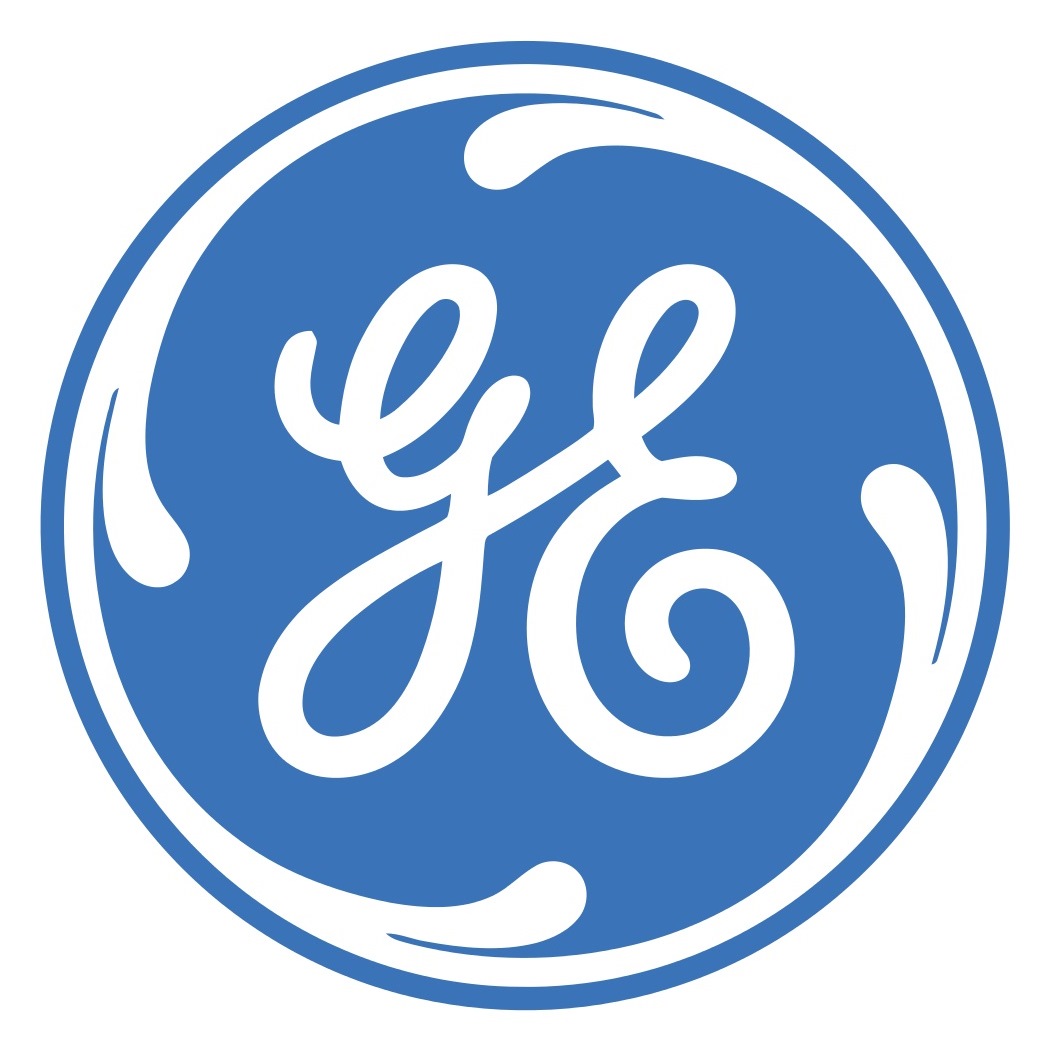
General Electric Co.’s (NYSE: GE) steadily declining stock price and asset sales eventually had to have an impact on the company’s debt rating. In May, GE issued A1-rated senior unsecured notes to help pay for its acquisition of Baker Hughes. On Thursday, Moody’s Investors Service cut GE’s rating to A2. Moody’s also made a similar cut to the long-term rating of GE Capital.
The cut to GE Capital’s rating was a consequence of the cut to the corporate rating because GE guarantees all the traded debt of GE Capital and its subsidiaries “on an unconditional and irrevocable basis.”
The cut to GE’s debt rating reflects “severe deterioration” in performance of the company’s Power segment, challenges in the oilfield services business and a slow North American market for locomotives.
The core problem, according to Moody’s, is that GE must “contend with weak earnings and cash flows in several segments that represent in aggregate about 50% of expected revenues in 2017.”
The company’s troubles in the locomotive business have resulted in GE looking around for a buyer for the business, so far with no success. The Baker Hughes acquisition that was only completed earlier this year is also under scrutiny for a potential sale, as are a couple of other bits of the once-mighty conglomerate.
For bondholders, however, this is not necessarily good news, says Moody’s:
Moody’s does not anticipate that GE will allocate a meaningful portion of any proceeds from planned asset disposals to debt reduction in the near term to help expedite the restoration of its credit metrics. Over the last several years, GE pursued an aggressive financial policy that contributed to the weakening of its credit profile. The company used close to $25 billion of proceeds from asset disposals and dividends from GE Capital for share repurchases in 2016 and 2017, funded more than $10 billion of acquisitions with debt, and paid a dividend that increasingly outweighed GE’s industrial free cash flows as GE Capital was downsized and challenges mounted in Oil & Gas, Transportation and Power.
But GE is still a formidable company with a “significant and competitive presence in its core businesses derived from its technological leadership” and a backlog of some $320 billion in new work, about half of which is in its “very profitable” Aviation business.
And GE is not the only industrial giant facing challenges in its Power business. Siemens said on Thursday that it is cutting about 6,900 jobs, mostly in its power and gas business. Both companies face growing competitive pressures from renewables. The market for the huge turbines both companies make to serve electricity generation firms has reversed into an oversupply situation that threatens revenues and profits going forward.
Moody’s said it could upgrade GE’s debt rating if the company demonstrates increased profitability, cash flows and return on assets. Further downgrades are possible if Power segment revenues decline or operating margins cannot regain a level of 15%.
Find a Qualified Financial Advisor (Sponsor)
Finding a qualified financial advisor doesn’t have to be hard. SmartAsset’s free tool matches you with up to 3 fiduciary financial advisors in your area in 5 minutes. Each advisor has been vetted by SmartAsset and is held to a fiduciary standard to act in your best interests. If you’re ready to be matched with local advisors that can help you achieve your financial goals, get started now.
Thank you for reading! Have some feedback for us?
Contact the 24/7 Wall St. editorial team.



